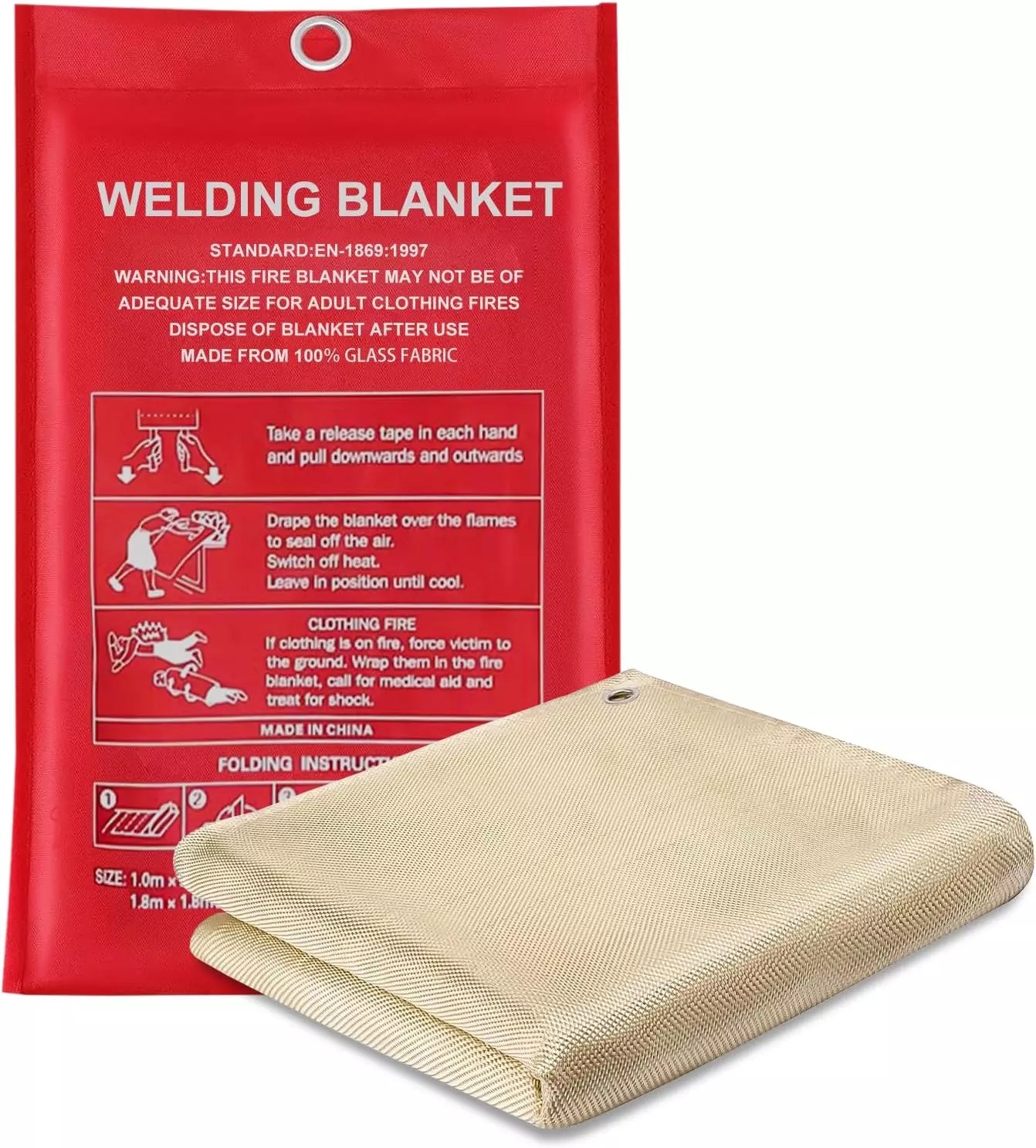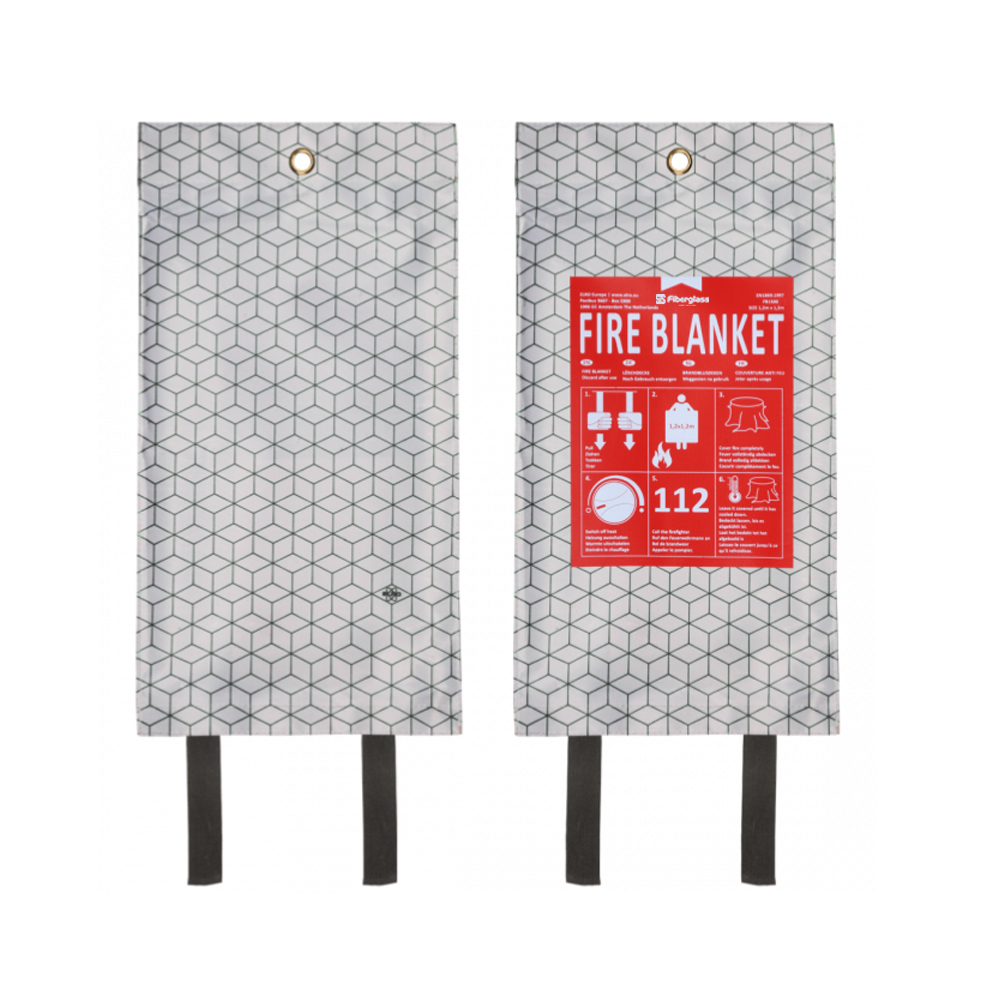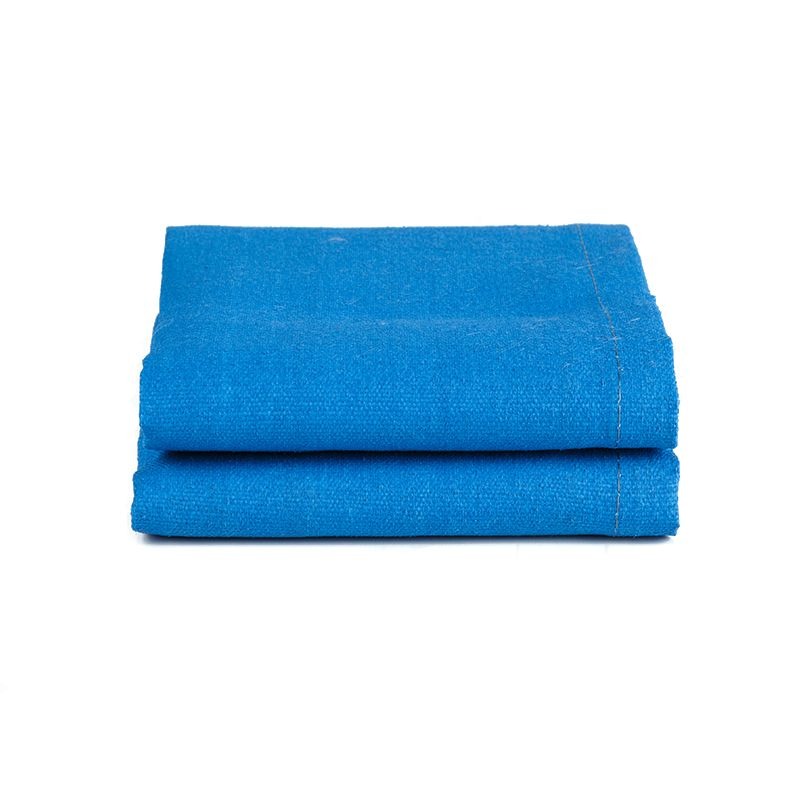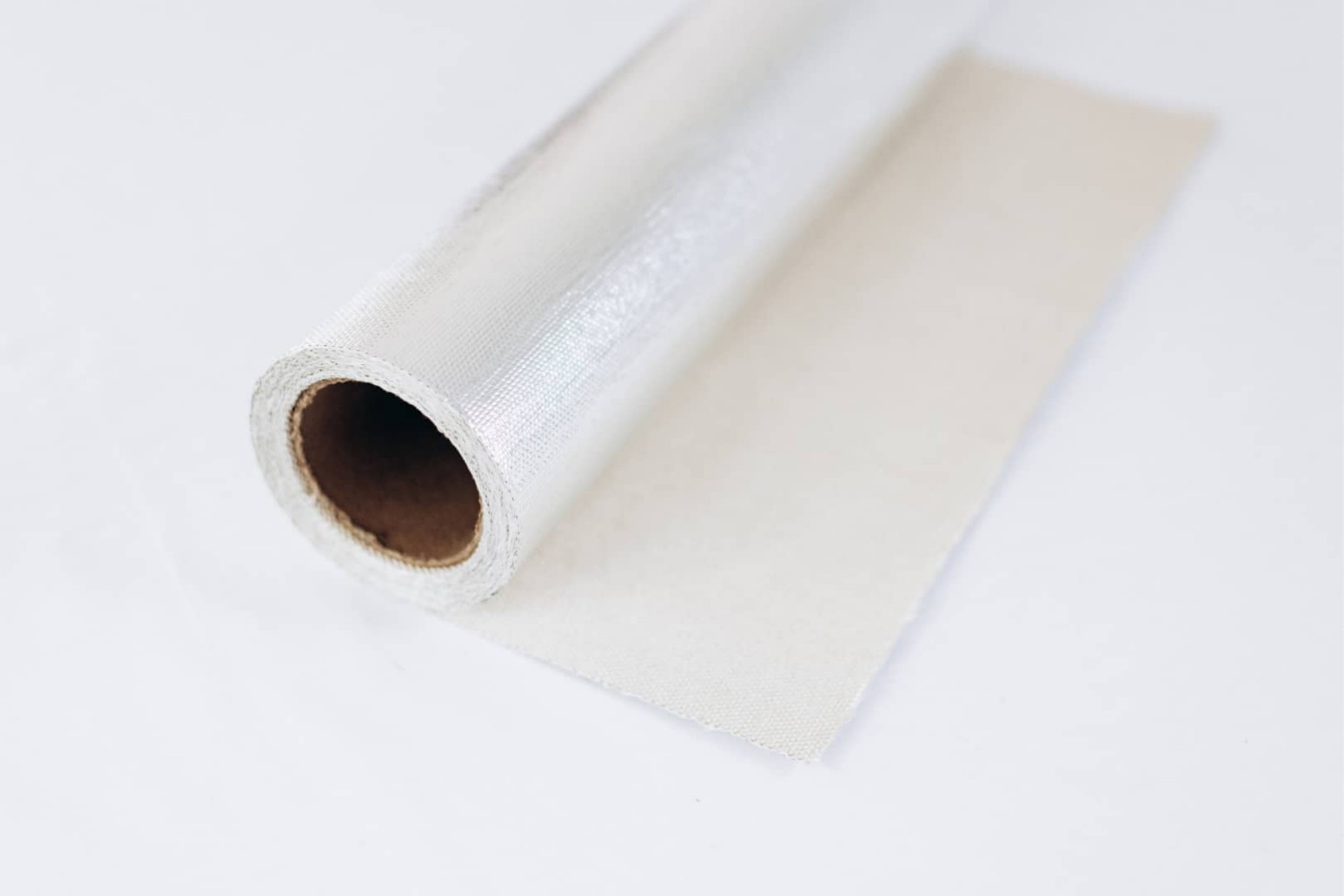Pipe Weld Cooling Blanket: Essential Guide for Effective Post-Weld Cooling
Pipe weld cooling blankets are specialized tools that control cooling rates in welded pipes. This guide explains their importance, types, proper usage, and benefits for achieving high-quality welds while preventing defects.
Why Pipe Weld Cooling Blankets Matter
When you weld pipes, controlling the cooling rate is crucial. Rapid cooling can cause:
- Excessive hardness in the heat-affected zone
- Cracking due to thermal stresses
- Distortion that affects pipe alignment
A pipe weld cooling blanket provides gradual, controlled cooling by insulating the welded area. This maintains optimal temperatures for proper microstructure development in the metal.
How Pipe Weld Cooling Blankets Work
These blankets typically consist of:
- Heat-resistant outer layers (often fiberglass or silica fabric)
- Insulating core materials (ceramic fiber or vermiculite)
- Secure fastening systems (straps, buckles, or Velcro)
You wrap the blanket around the welded joint immediately after completing the weld. The insulation slows heat dissipation, creating a more uniform cooling profile.
Pro Tip:For best results, pre-heat the pipe before welding and maintain the cooling blanket until the temperature drops below critical levels (typically 300°F/150°C).
Choosing the Right Pipe Weld Cooling Blanket
Consider these factors when selecting a cooling blanket:
- Pipe diameter:Ensure the blanket fits snugly around your pipe size
- Temperature rating:Must withstand your welding process temperatures
- Material compatibility:Different metals require specific cooling rates
- Environment:Outdoor use may require weather-resistant models
Proper Installation Techniques
Follow these steps for effective pipe weld cooling blanket application:
- Clean the pipe surface around the weld
- Position the blanket centered over the weld joint
- Secure tightly to eliminate air gaps
- Overlap ends by at least 2 inches (5 cm)
- Monitor temperature with a surface thermometer if possible
Benefits of Using Pipe Weld Cooling Blankets
Proper cooling management with these blankets delivers:
- Improved weld quality:Reduced risk of cracking and distortion
- Time savings:Eliminates need for slow furnace cooling
- Cost efficiency:Prevents expensive rework of defective welds
- Safety:Protects workers from burns from hot surfaces
- Code compliance:Helps meet industry standards for post-weld heat treatment
Maintenance and Care
To extend your pipe weld cooling blanket's lifespan:
- Inspect for damage before each use
- Store flat or rolled (not folded) when not in use
- Clean with compressed air - avoid water or chemical cleaners
- Replace if insulation becomes compacted or outer fabric shows wear
Common Applications
Pipe weld cooling blankets are essential for:
- Oil and gas pipeline construction
- Power plant piping systems
- Chemical processing equipment
- Shipbuilding pipe networks
- Structural steel pipe fabrication
Remember:While pipe weld cooling blankets are highly effective, they're just one part of proper weld procedure. Always follow approved welding specifications for your specific application.
Conclusion
A quality pipe weld cooling blanket is a smart investment for any welding operation working with pipes. By controlling cooling rates, you ensure stronger, more reliable welds while saving time and money. Choose the right blanket for your needs, use it properly, and maintain it well for consistent, high-quality results.






